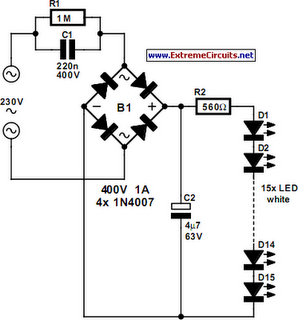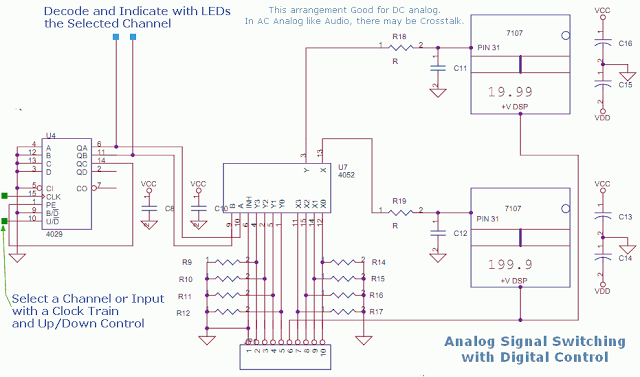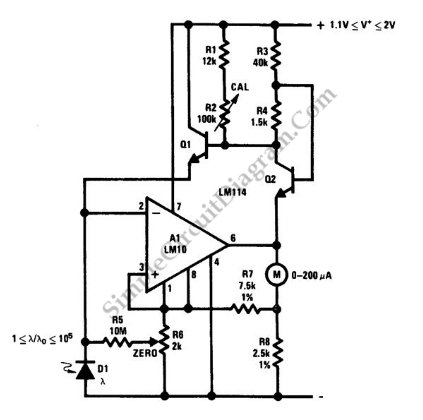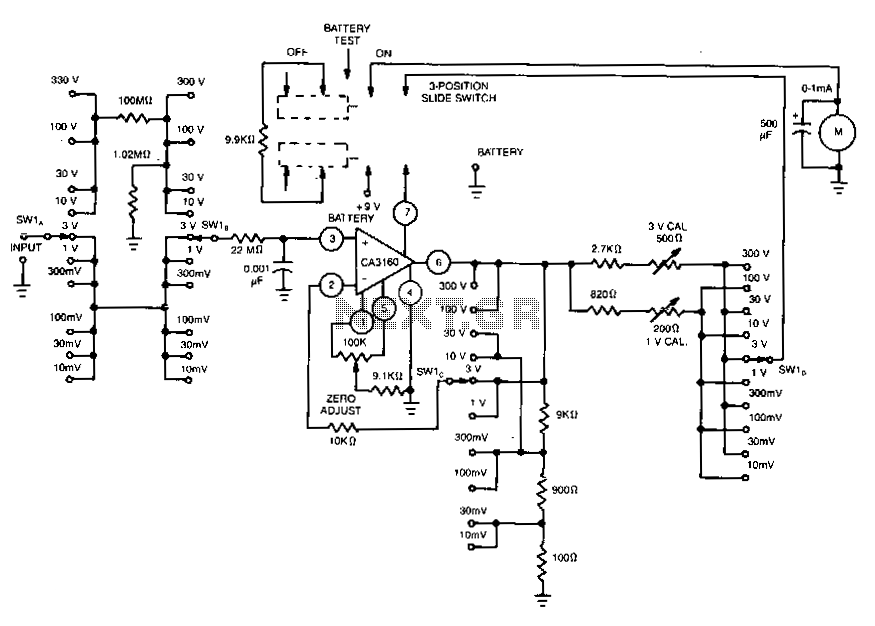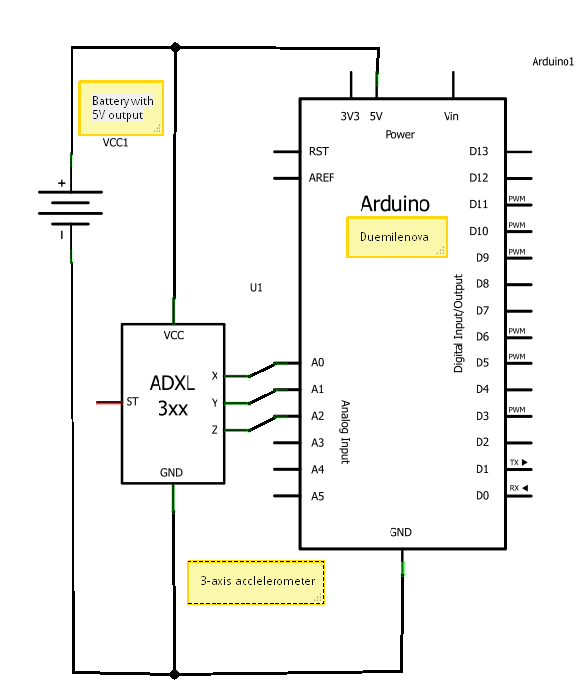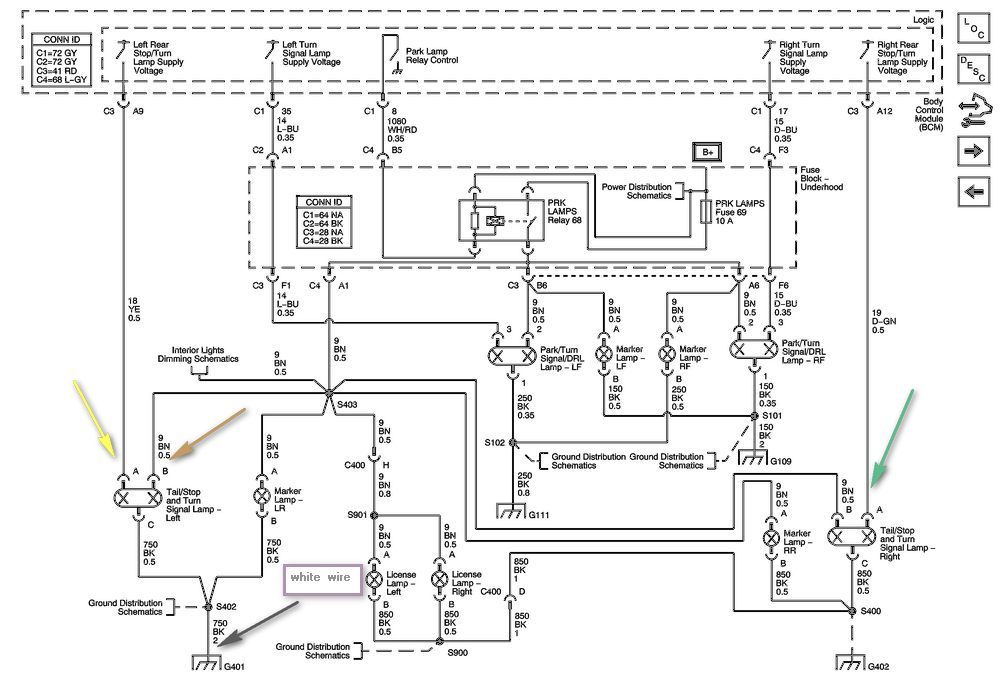
become a VU meter and homemade rhythm lights easy [megapost]
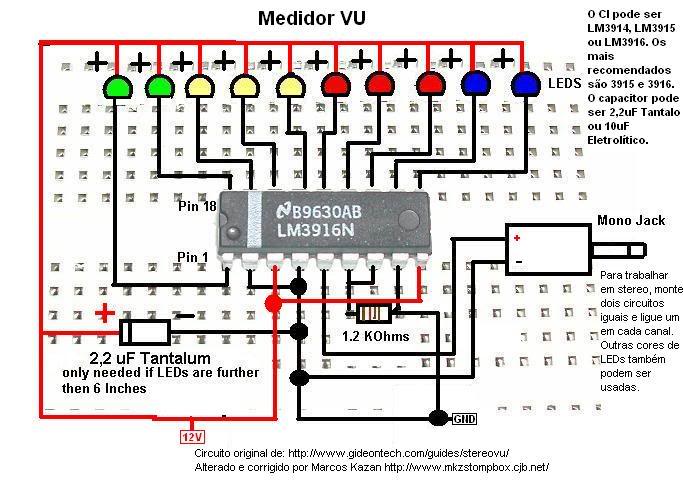
A post related to a do-it-yourself project for creating a VU meter and homemade rhythm lights that are easy to assemble.
The project involves designing and constructing a visual audio level meter (VU meter) that responds to sound levels, as well as rhythm lights that flash in sync with music or audio signals. The VU meter can be created using a microcontroller, such as an Arduino, which processes audio input and drives LED indicators to reflect the amplitude of the sound.
To begin, the circuit requires an audio input source, which can be connected via a 3.5mm audio jack. An operational amplifier (op-amp) can be used to amplify the audio signal before it is fed into the microcontroller's analog input pin. The microcontroller will then convert the analog signal into a digital value, allowing it to determine the sound level.
For the visual output, a series of LEDs can be arranged in a bar graph format. Each LED will represent a different level of audio intensity, with the microcontroller controlling which LEDs are illuminated based on the processed audio signal. The code running on the microcontroller will include algorithms to smooth out the signal and provide a more visually appealing response, such as fading effects or dynamic flashing patterns.
In addition to the VU meter, the rhythm lights can be implemented using a similar approach. By utilizing a separate set of LEDs, the circuit can be designed to flash in response to specific frequencies or beats detected in the audio input. This can be achieved through frequency analysis, where the audio signal is processed to identify peaks in specific frequency ranges, triggering the corresponding lights to flash in rhythm with the music.
Overall, this DIY project combines basic electronics, programming, and audio processing to create an engaging visual display that enhances the experience of listening to music. The simplicity of the components and the accessibility of microcontrollers make this project suitable for hobbyists and beginners in electronics.Post related to Do it yourself about become a VU meter and homemade rhythm lights easy.. 🔗 External reference
The project involves designing and constructing a visual audio level meter (VU meter) that responds to sound levels, as well as rhythm lights that flash in sync with music or audio signals. The VU meter can be created using a microcontroller, such as an Arduino, which processes audio input and drives LED indicators to reflect the amplitude of the sound.
To begin, the circuit requires an audio input source, which can be connected via a 3.5mm audio jack. An operational amplifier (op-amp) can be used to amplify the audio signal before it is fed into the microcontroller's analog input pin. The microcontroller will then convert the analog signal into a digital value, allowing it to determine the sound level.
For the visual output, a series of LEDs can be arranged in a bar graph format. Each LED will represent a different level of audio intensity, with the microcontroller controlling which LEDs are illuminated based on the processed audio signal. The code running on the microcontroller will include algorithms to smooth out the signal and provide a more visually appealing response, such as fading effects or dynamic flashing patterns.
In addition to the VU meter, the rhythm lights can be implemented using a similar approach. By utilizing a separate set of LEDs, the circuit can be designed to flash in response to specific frequencies or beats detected in the audio input. This can be achieved through frequency analysis, where the audio signal is processed to identify peaks in specific frequency ranges, triggering the corresponding lights to flash in rhythm with the music.
Overall, this DIY project combines basic electronics, programming, and audio processing to create an engaging visual display that enhances the experience of listening to music. The simplicity of the components and the accessibility of microcontrollers make this project suitable for hobbyists and beginners in electronics.Post related to Do it yourself about become a VU meter and homemade rhythm lights easy.. 🔗 External reference
Warning: include(partials/cookie-banner.php): Failed to open stream: Permission denied in /var/www/html/nextgr/view-circuit.php on line 713
Warning: include(): Failed opening 'partials/cookie-banner.php' for inclusion (include_path='.:/usr/share/php') in /var/www/html/nextgr/view-circuit.php on line 713
